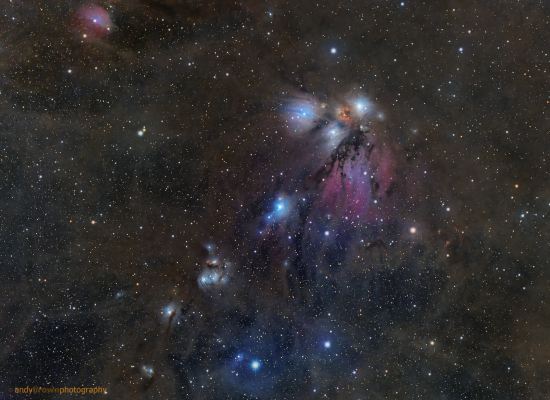
The Angel Nebula (in Explore 26 Feb 2024)
This region of the sky, in the constellation Monoceros, contains many different types of objects including Reflection nebulae (NGC2170), Hydrogen Alpha Emission nebulae (LBN999) and lots of surrounding molecular dust clouds. It is low in the sky from my latitude so more difficult to capture clean data and I also battled with intermittent clouds and a large number of satellite trails.
Takahashi FSQ-85EDX with 1.01x Flattener
Altair Astro Hypercam 26C
iOptron CEM70
16 hours of RGB data captured with APT
Processed using AstroPixelProcessor, Pixinsight and Photoshop
More details and hires on Astrobin: astrob.in/swtfm6/K/
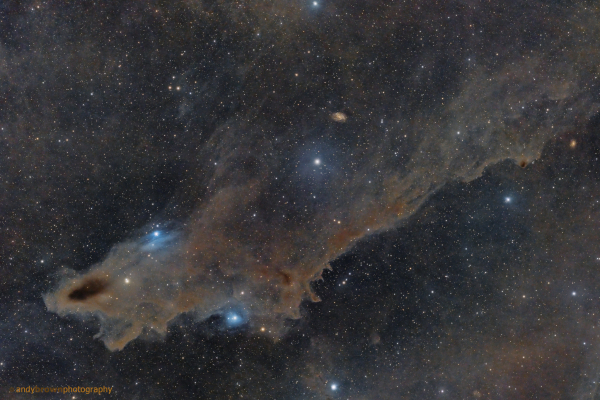
The Dark Shark (In Explore 4 Feb 2024)
An interesting part of the northern sky, in the constellation Cepheus, with clouds of dark dust, LDN 1235, making the easily recognisable Shark, two reflection nebulae (vdB 149 and vdB 150) and a couple of distant galaxies, one of them (PGC 67671) near the centre of the field is some 55 million light years distant. This has been captured over several nights in January 2024 as a side project to complete the night after my other targets in Orion have got too low.
Capture details and hires on Astrobin: astrob.in/qh8hus/0/
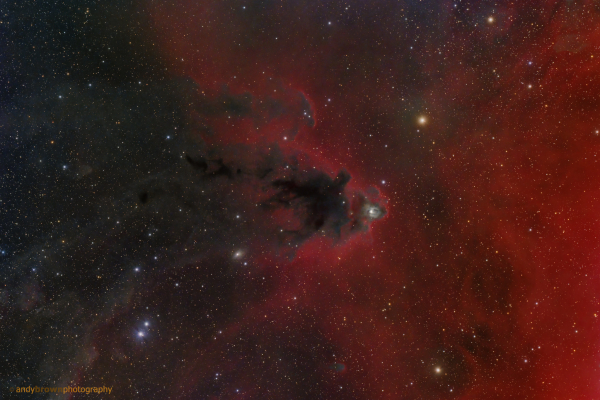
The Boogeyman Nebula (LDN1622) (In Explore 14 Jan 2024)
This area in the well known constellation of Orion consists of dark dust and Hydrogen emissions, including a small part of Barnard’s Loop which surrounds the familiar stars of Orion.
For more details have a look on Astrobin: astrob.in/p1id2c/E/
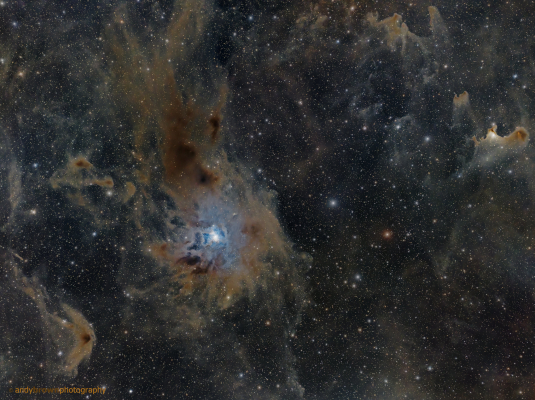
The Iris and the Ghost (in Explore 24 Dec 2023)
The Iris Nebula (NGC 7023) and the Ghost Nebula (SH2-136) in the constellation Cepheus are reflection nebulae shrouded in dark, molecular dust.
Capture details and info on Astrobin: astrob.in/xfcobc/0/
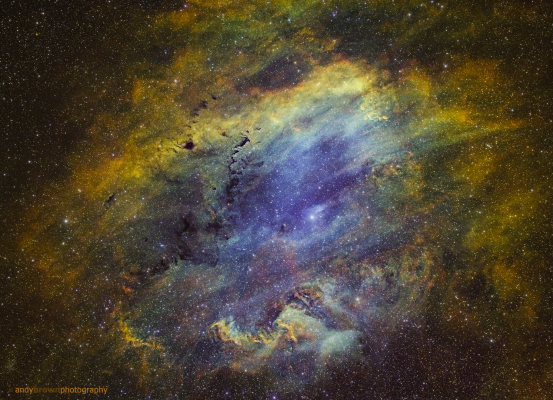
SH2-119 (in Explore 3 Sept 2023)
My first image for some time due to problems with my mount in February, which has since been repaired (new control boards) and also the lack of darkness over the summer here in the UK.
SH2-119, sometimes called the Clamshell Nebula, is a close neighbour of the North America Nebula and Cygnus wall but not often imaged. Processed as SHO with channel and colour balance achieved using Bill Blanshan’s new NarrowBandNormalisation script in PI which makes the job of matching channels so much easier.
Capture details on Astrobin: astrob.in/zi4xky/E/